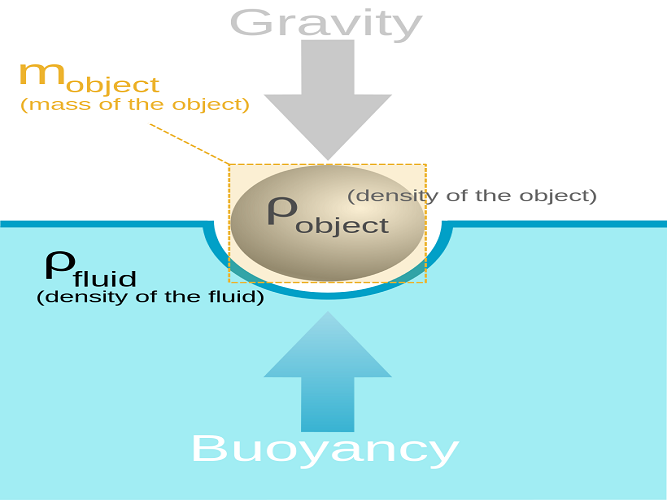Why Buoyancy Control is important?
Buoyancy Control is definitely one of the most important skills in diving. Thus, we can assess a diver’s capability thru this criterion.
As an Open Water Diver we learned three types of buoyancy: Positive, Negative and Neutral.
Positive buoyancy is when the volume weight of the water displaced by an object is more than the object’s weight, as a result the object remains on the surface.
Neutral buoyancy is when the volume weight of the water displaced by an object is is equal to object weight, as a result the object floats in the water.
Negative buoyancy is when the volume weight of the water displaced by an object is is less than the object’s weight, as a result the object sinks in the water.
As previously known, we use all these buoyancy postures in diving:
- positive when we rest on the surface
- Negative as we start descending into the water and
- Neutral during the dive
Positive buoyancy is got by inflating your BCD on the surface or by dropping your weight system in emergencies.
Negative buoyancy is got by deflating your BCD as much as needed.
Neutral Bouyancy is got by adjusting the amount of air in your BCD
As we go down the negative buoyancy increases whereas while we go up the Positive buoyancy increases and that’s the reason we keep holding LPI hose during descends and ascends; to make up for the air volume changes in our BCD.
At the end I have to say that like proper breathing, proper buoyancy control is by doing many dives and getting enough experience.
To read article about dive trim click here.

